
4 Household Items That Are Hidden Dirt Traps — Used Daily, and One’s Dirtier Than Your Toilet!
4 Household Items That Are Hidden Dirt Traps — Used Daily, and One’s Dirtier Than Your Toilet!
Everyone has their own cleaning habits — but even if you tidy up every single day, chances are you’re still missing some dangerously filthy spots.
Some items around your home may look clean, but they’re secretly harboring more bacteria than you’d ever expect — one is even dirtier than a toilet seat!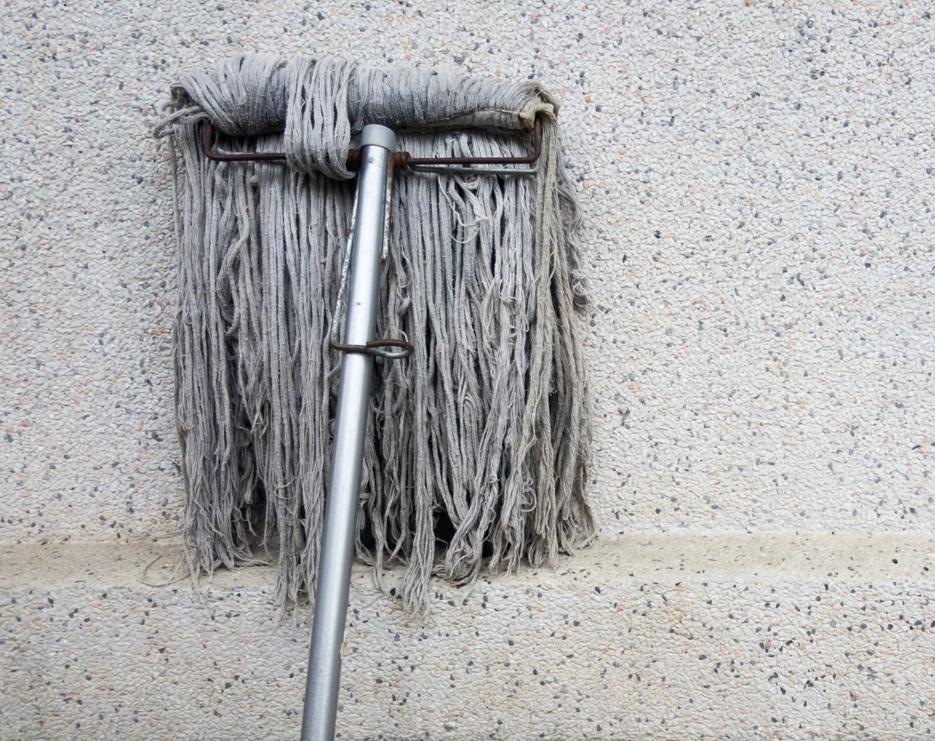
1. Dishwashing Sponges
That innocent-looking sponge by your sink could be one of the dirtiest items in your entire home. Made of absorbent materials like polyester, polyurethane, or cellulose, sponges trap food residue from dishes, cutting boards, and sinks deep inside — where you can’t see it.
Add moisture, and you’ve created the perfect breeding ground for bacteria. In fact, your dish sponge may be crawling with more bacteria than your toilet!
According to a study by Chinese scientists, a single used sponge can host up to 362 types of bacteria and as many as 54 billion bacteria per cubic centimeter. Common offenders like Salmonella and Enterobacter cloacae can cause serious food poisoning.
👉 Pro tip: Replace your dish sponge every 1–2 weeks to avoid turning it into a bacterial bomb.
2. Mops
Many people leave their mops in the bathroom after use — but this habit is a major health hazard. A damp mop head becomes a paradise for bacteria and mold, especially in humid, enclosed spaces.
The next time you mop your floor, you might think you’re cleaning — but you could actually be spreading harmful germs across your home.
If left unwashed for long periods, the mop becomes an anaerobic environment, allowing microorganisms to produce smelly compounds like sulfur chloride and ammonia. That fishy or musty smell lingering after cleaning? Your dirty mop might be the reason.
👉 Pro tip: Always wash the mop head with warm water and detergent after use, then dry it in a well-ventilated space — not in your bathroom!
3. Carpets and Rugs
Carpets may look cozy and stylish, but beneath the surface, they’re a magnet for dirt, dust mites, dead skin cells, hair, pet dander, and even pests like bed bugs.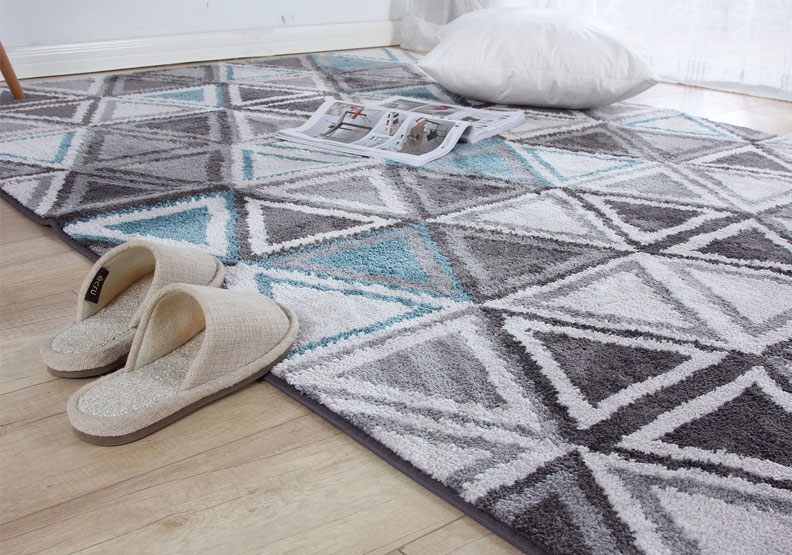
If you have long-fiber rugs or pets in your home — or worse, if your carpet is near the kitchen and isn’t cleaned regularly — you could be inhaling invisible health threats daily.
Prolonged exposure can increase your risk of skin issues and respiratory illnesses. Dust mites in particular are known to trigger allergies, asthma, eczema, and allergic rhinitis.
👉 Pro tip: Vacuum regularly, deep clean rugs often, and avoid placing them in high-moisture or high-dirt areas unless they can be cleaned frequently.
4. Mobile Phones
Your smartphone might be your most-used item — but it’s also likely your dirtiest. It follows you everywhere: your bed, the kitchen, even the bathroom.
According to a 2022 University of Arizona study, an average phone can carry over 17,000 types of bacteria — making it 10 times filthier than a toilet seat!
Among these germs are Escherichia coli (E. coli), a fecal bacteria linked to severe gastrointestinal issues. Other nasty microbes commonly found include Staphylococcus aureus, Staphylococcus epidermidis, and Pseudomonas — all of which can lead to skin infections or respiratory problems.
👉 Pro tip: Disinfect your phone daily, especially if you use it in the restroom or before meals.
Bottom Line:
Even if your home looks spotless, hidden filth is lurking in the everyday items you use most. To protect your family’s health, stay vigilant about cleaning and replacing these often-overlooked dirt traps — before they turn into breeding grounds for illness.
News in the same category


A Hotel Bed for Two but Four Pillows? The Unexpected Reason Few People Know — Try It Yourself!
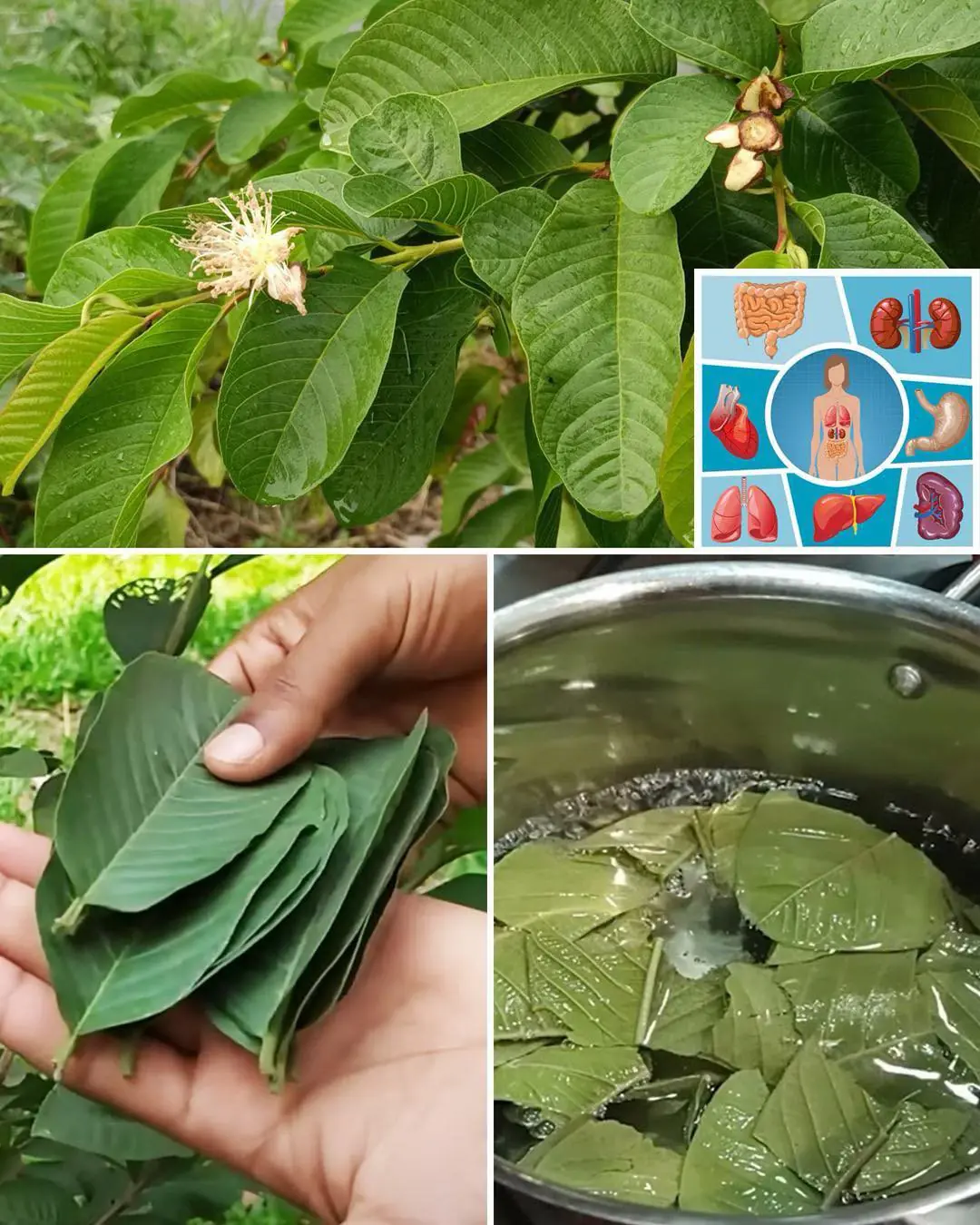
25 Incredible Benefits of Guava Leaves

Banana Blossom: Health Benefits, Recipes, and Traditional Uses

This plant grows everywhere. We see it, but miss its secrets
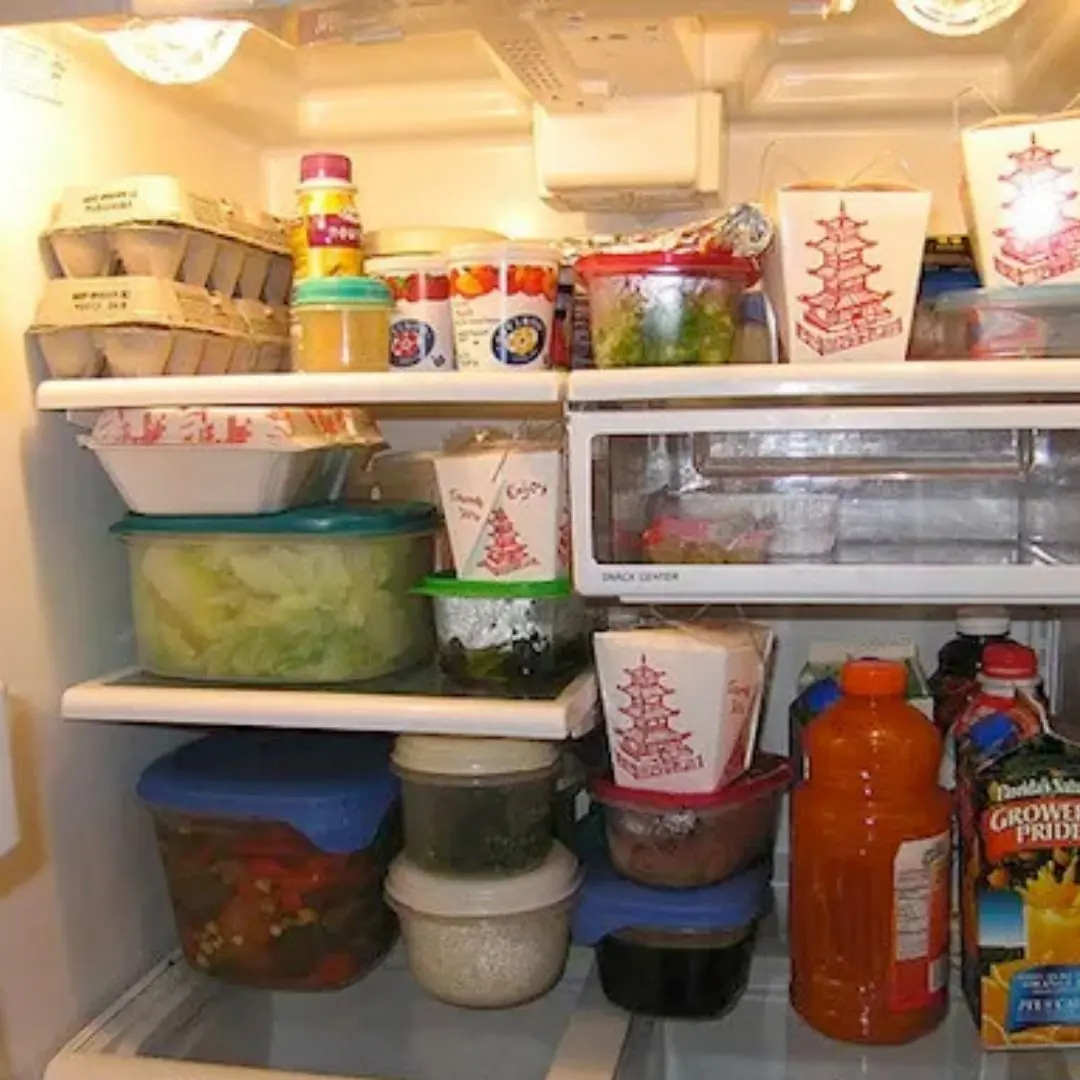
Why does the refrigerator compartment have a light but the freezer compartment doesn't?
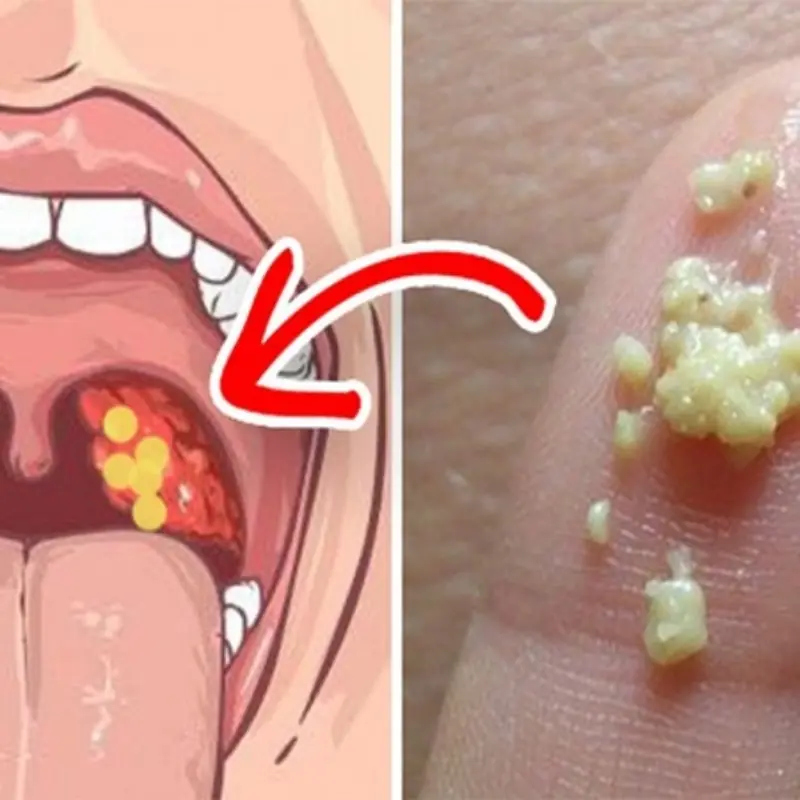
After Sneezing Several Times, I Noticed Something Strange in My Throat
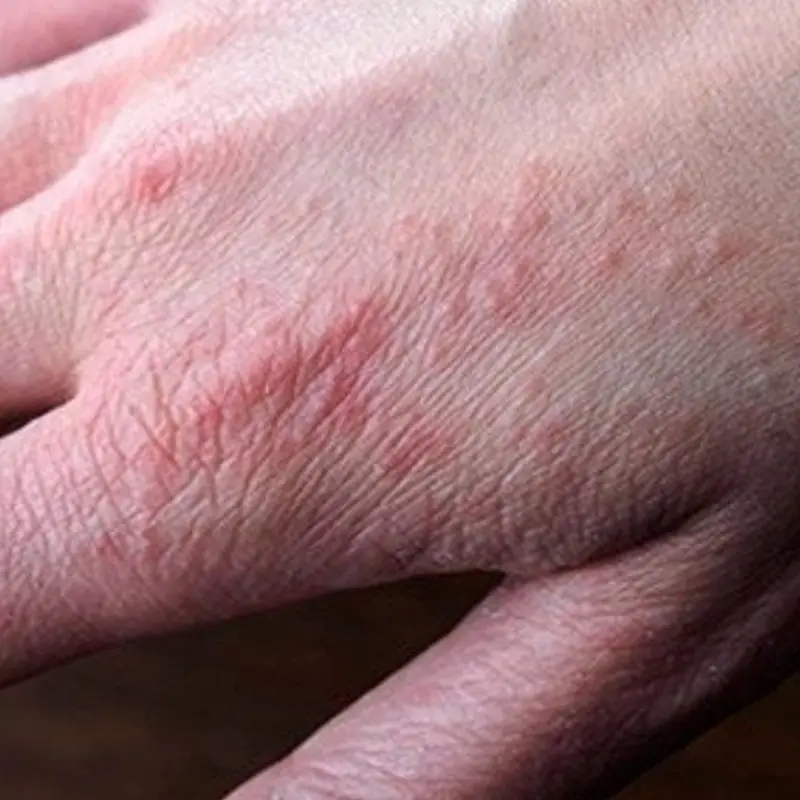
Doctors warn: if you have these tiny red dots on your arm or hand, do not ignore the warning signs

What Really Happens to Your Body If You Eat Sweet Potatoes for Breakfast Every Day
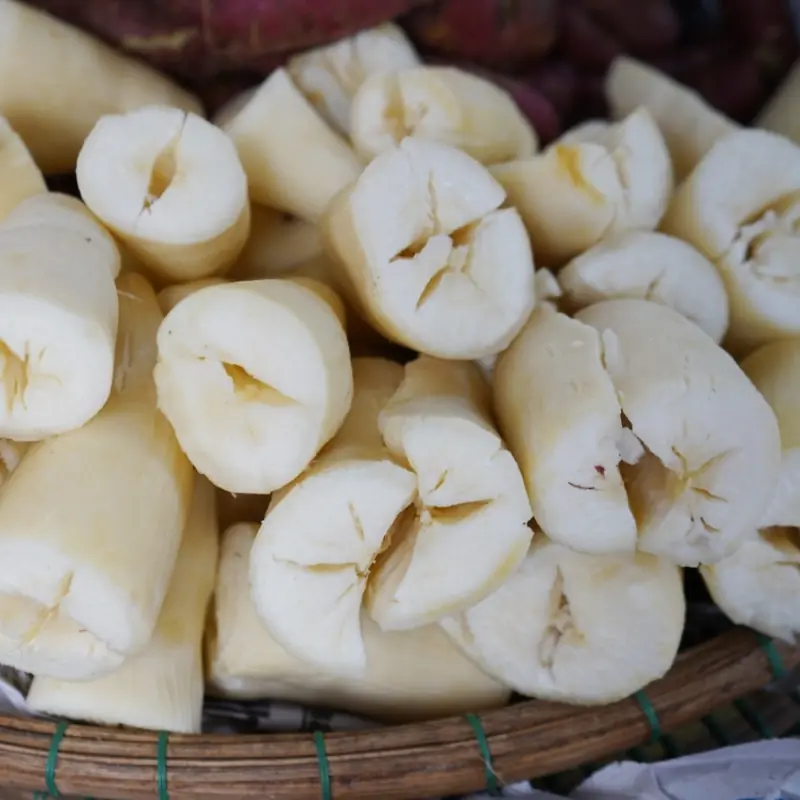
Over 200 People Are Ki.lled By The “World’s Deadliest Food” Every Year, But Almost 500 Million People Still Eat It
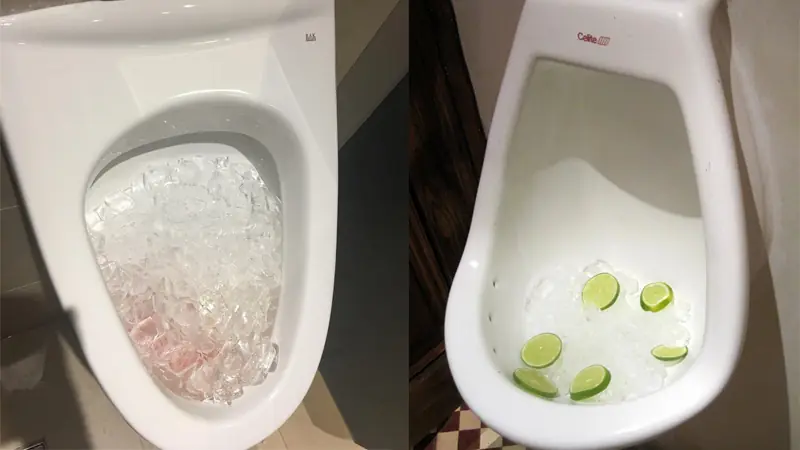
People Pour Buckets of Ice into the Toilet — The Result Leaves Everyone Stunned

20 years later, the surprising ending came back

Beware of 5 types of fruit that make you gain more weight than fatty meat

Optical illusion: What you see first reveals something important about your personality
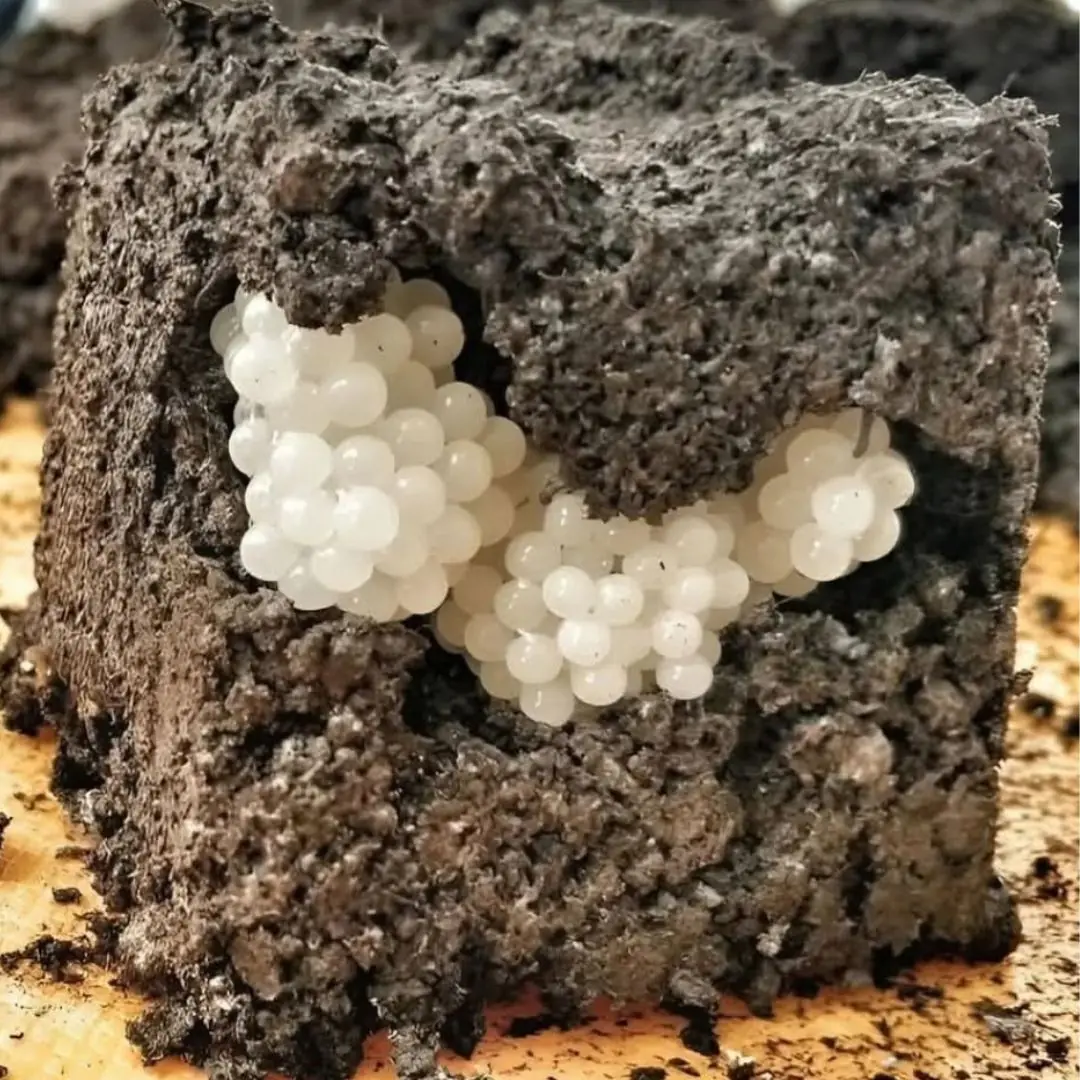
I found something strange in the yard – white, round balls: I was horrified when I realized what it was
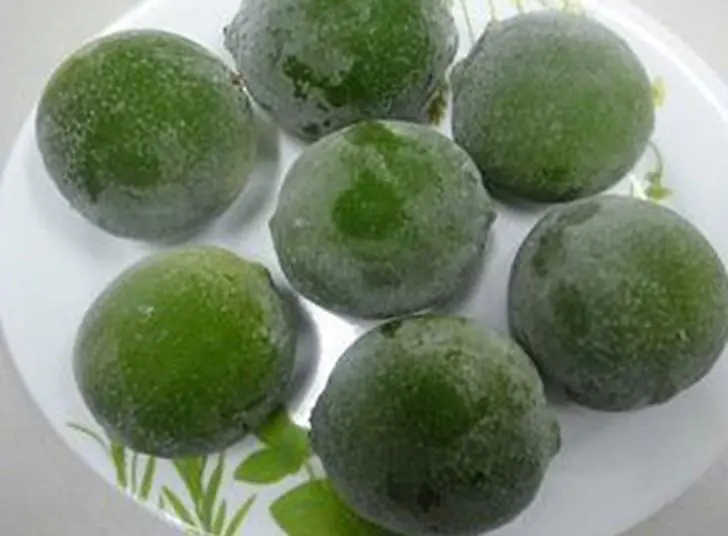
How to Freeze Lemons for Maximum Health Benefits
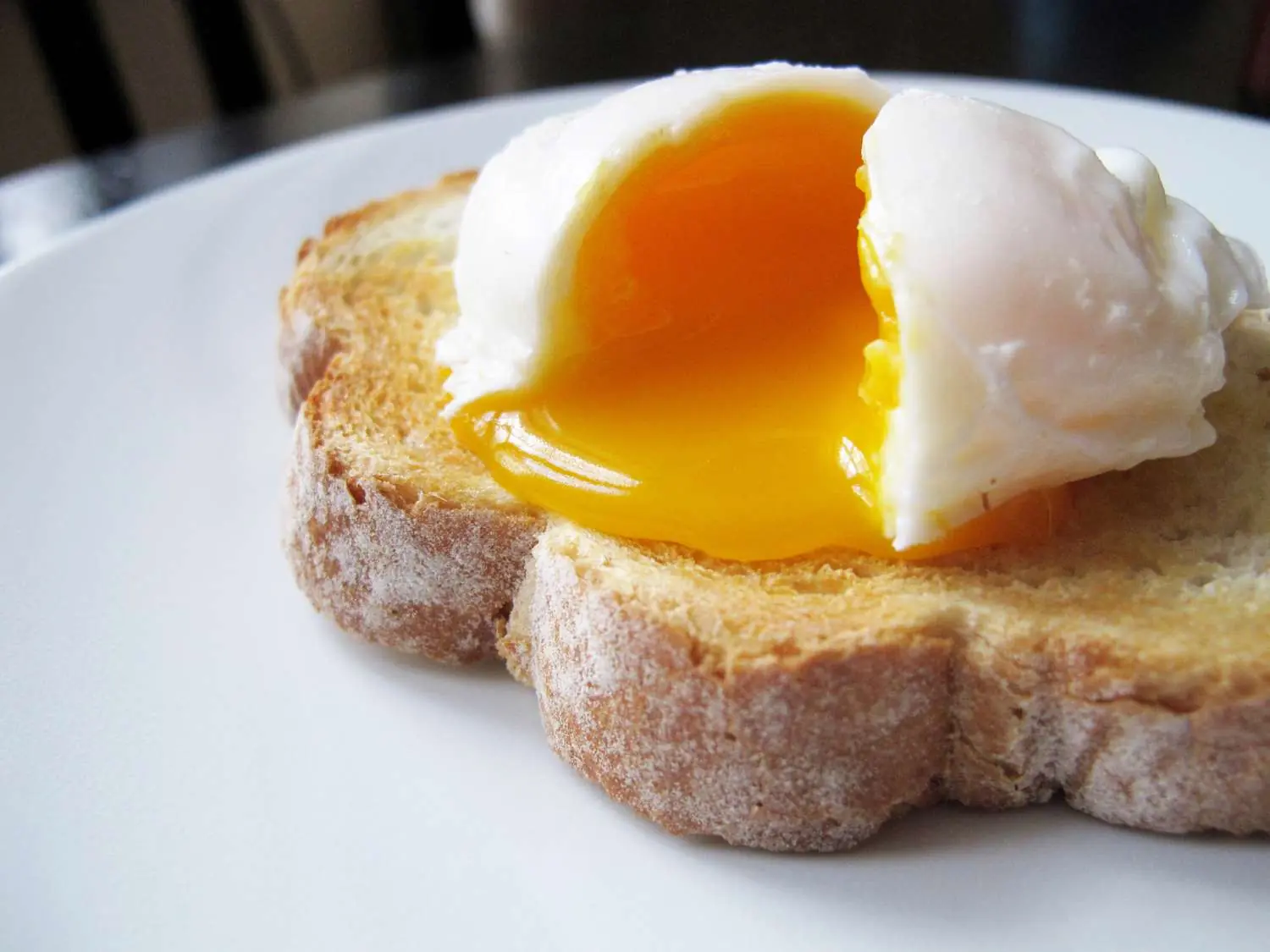
5 Common Mistakes People Make When Eating Eggs for Breakfast

3 Types of Fish Considered the “Best in the World”

The Golden Treasures of the Deep: Three Fish Revered as “Golden Soft-Gold Underwater”
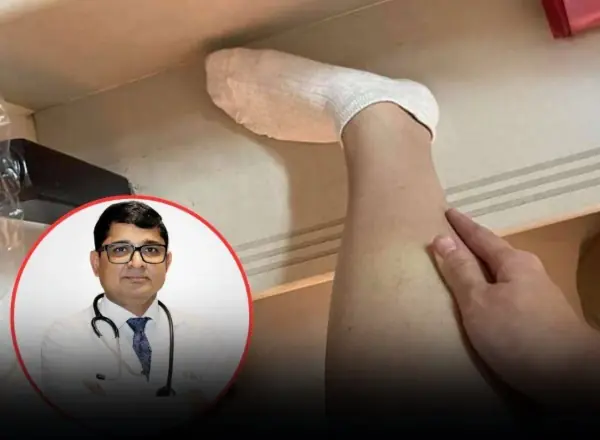
Beware of Diabetes If You Frequently Experience These 5 Strange Symptoms
News Post

Sweet Potatoes Could Damage Your Health — Especially If You’re in These 5 Categories!
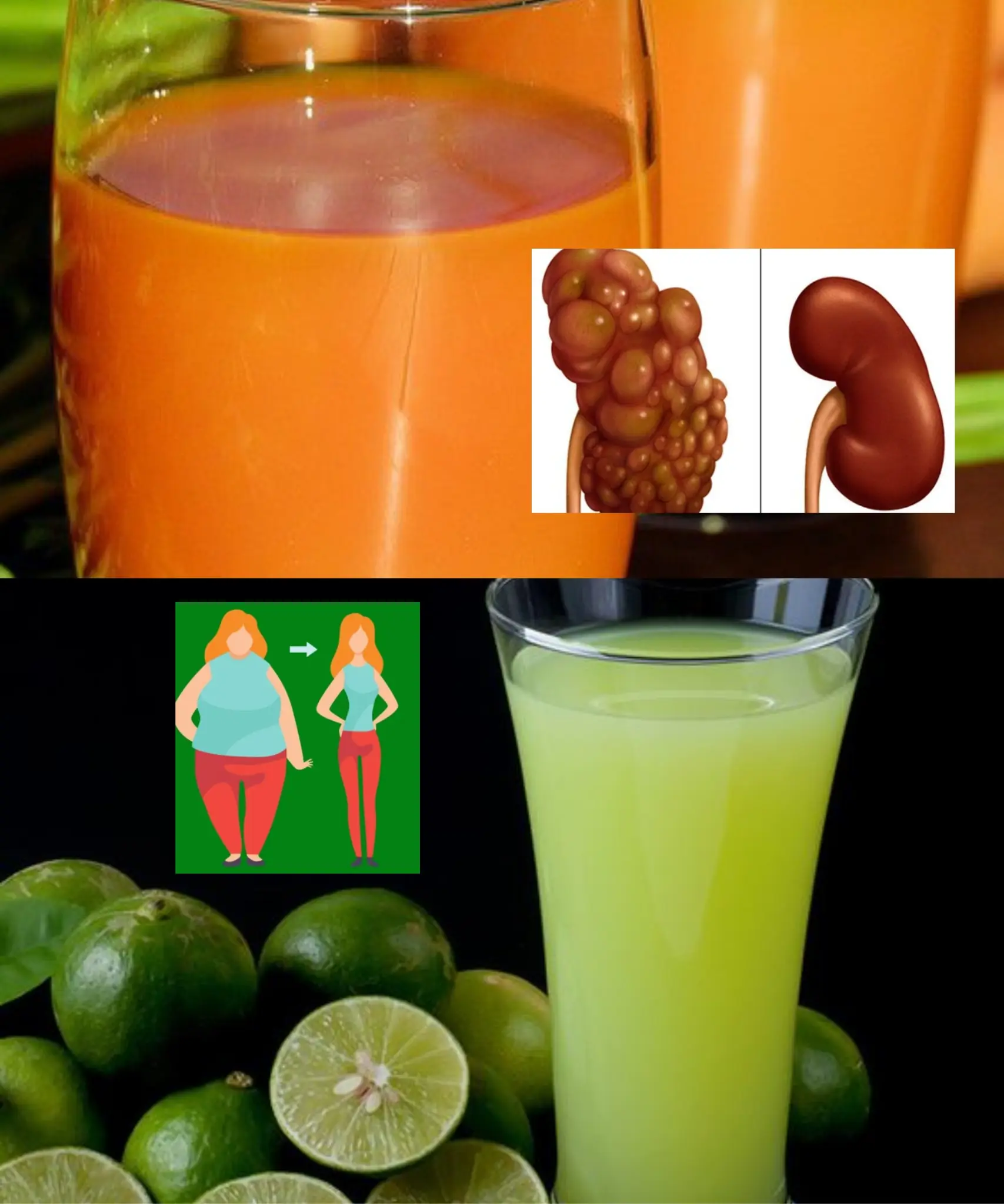
5 Nighttime Drinks to Cleanse Your Li.ver and Shed Pounds While You Sleep

Doctors Reveal 5 Types of Foods Parents Should Never Give Their Children

My Stepmom Stole My Late Mom’s $25K Inheritance to Buy Her Son a Jeep – Karma Made Her Pay Three Times Over

I Adopted a Baby Left at the Fire Station – 5 Years Later, a Woman Knocked on My Door & Said, ‘You Have to Give My Child Back’

A Hotel Bed for Two but Four Pillows? The Unexpected Reason Few People Know — Try It Yourself!

Woman’s heartache after tragic car crash kills husband and children

Pay attention when renting a motel or hotel room

Pumpkin Health Benefits: The Forgotten Superfood You Need Daily

Eating steamed sweet potatoes every day
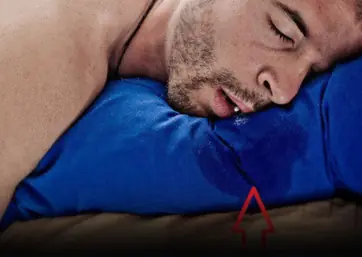
If you drool while sleeping often, check for these 6 diseases
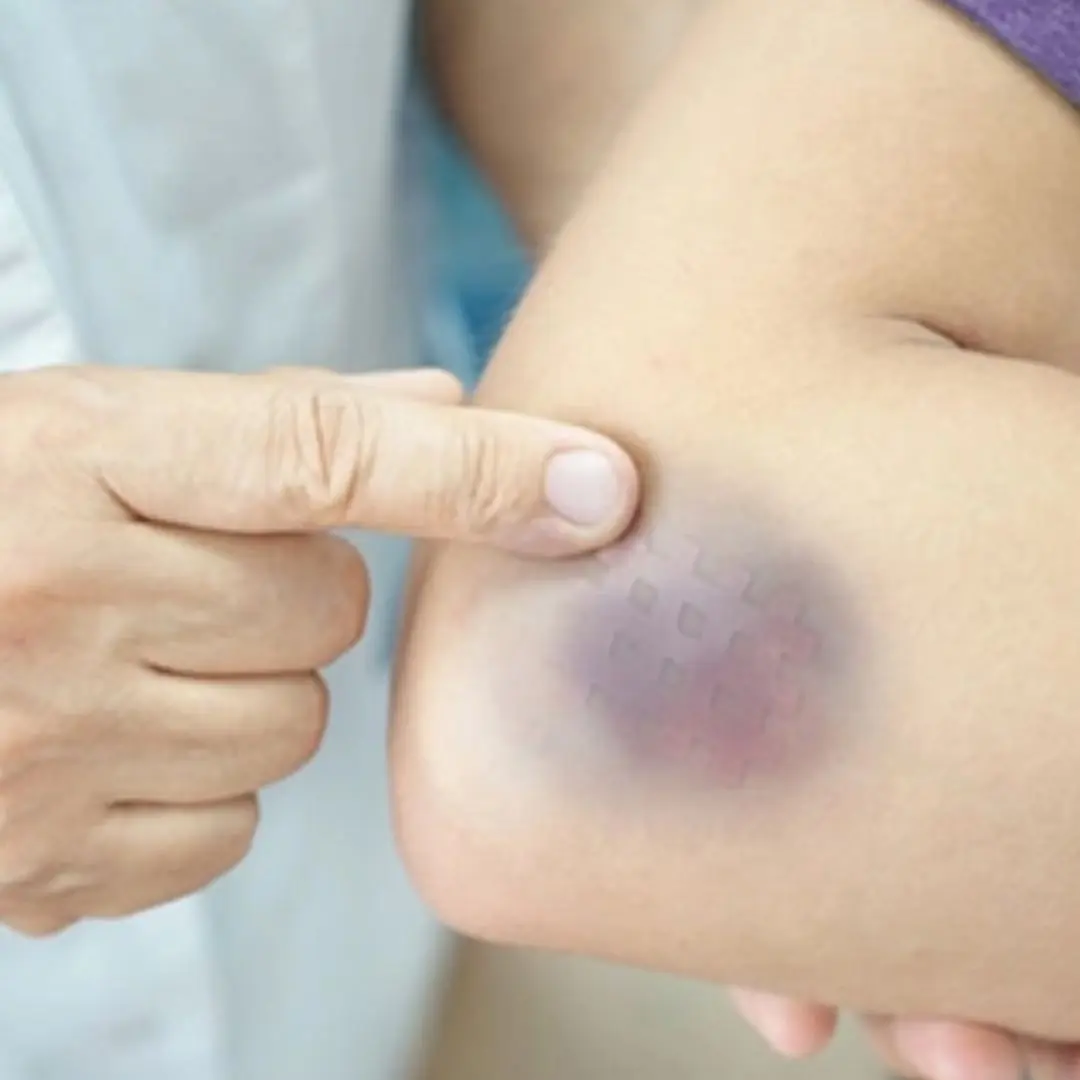
Bruises on the body - a warning that you may have a problem

1 vegetable dish can prevent 6 types of cancer

5 Early Signs of Thyroid Can.cer That Are Easy to Recognize

25 Incredible Benefits of Guava Leaves

Banana Blossom: Health Benefits, Recipes, and Traditional Uses

This plant grows everywhere. We see it, but miss its secrets
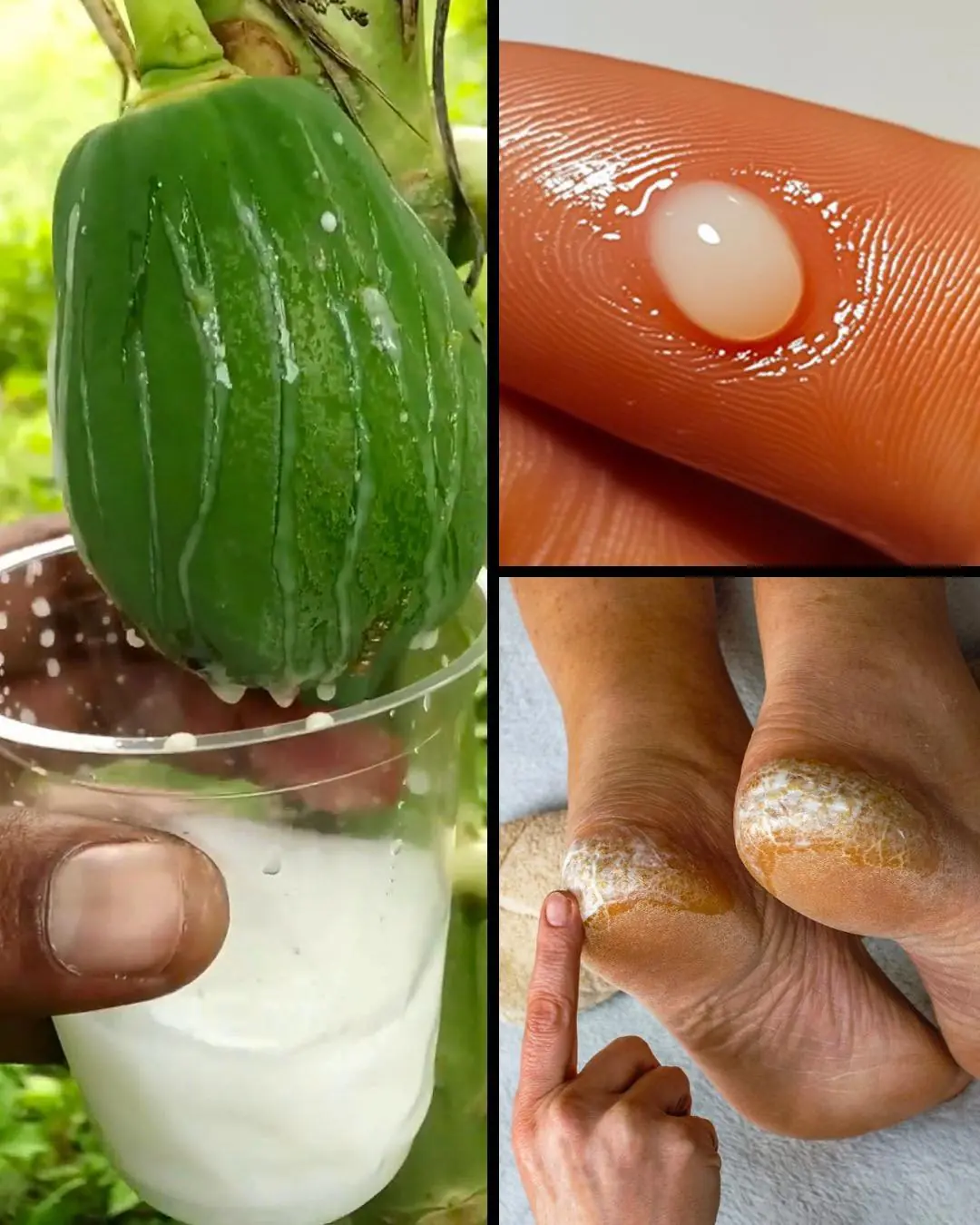
The Incredible Benefits of Papaya Sap: Nature’s Secret Remedy
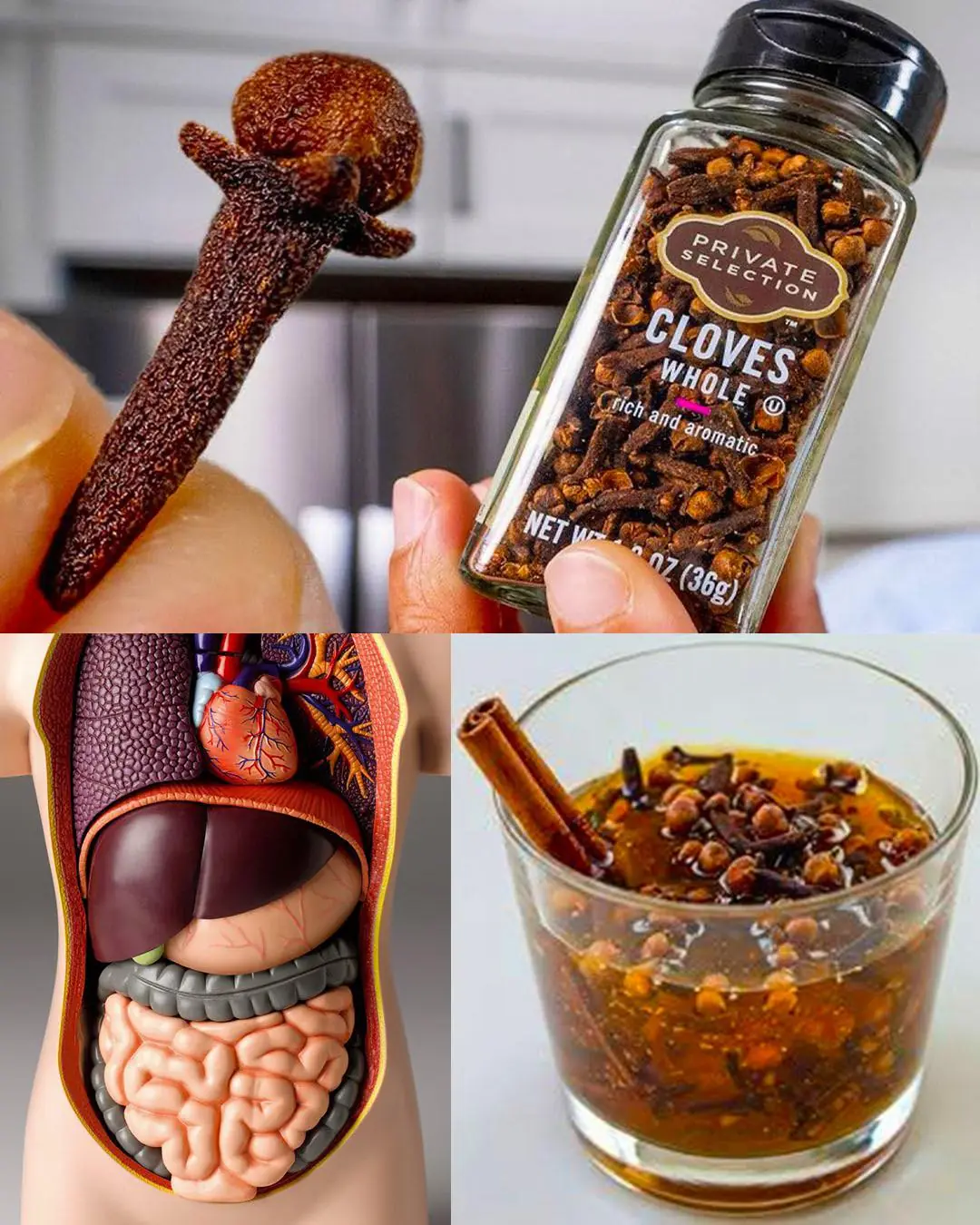
What effect does mixing cloves, honey and cinnamon have on the body?
